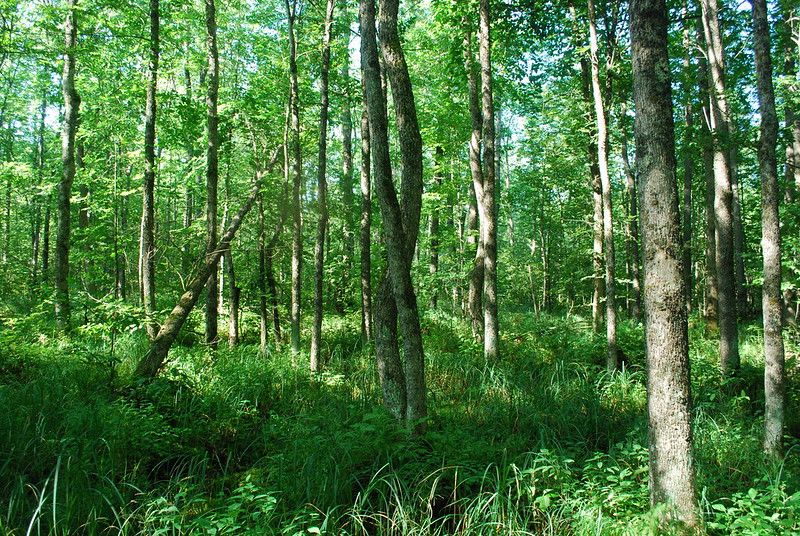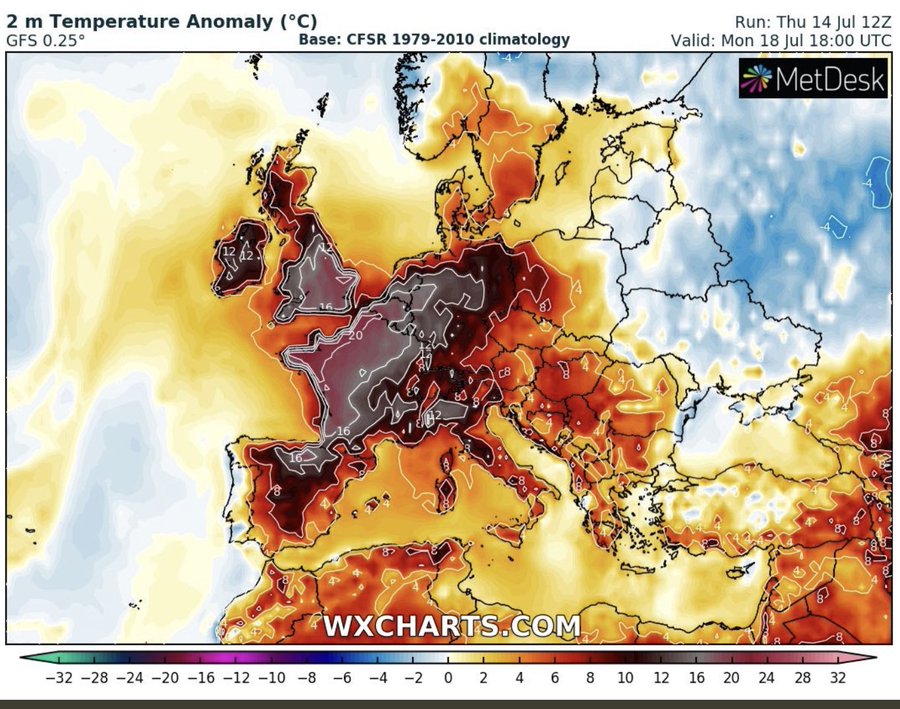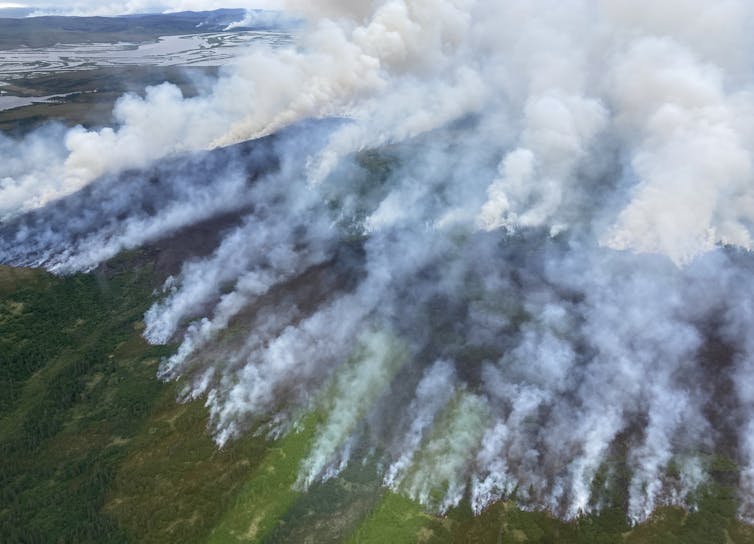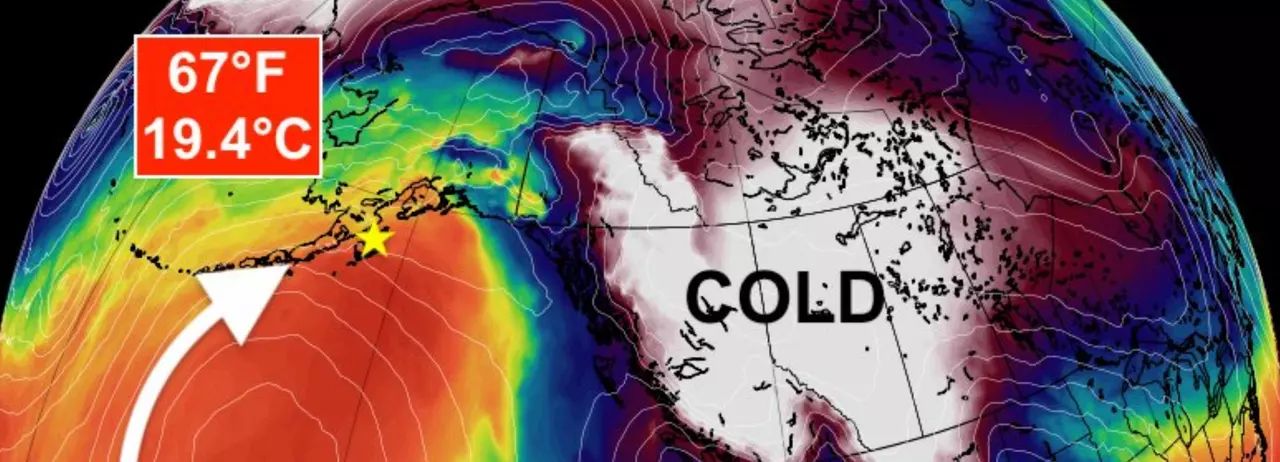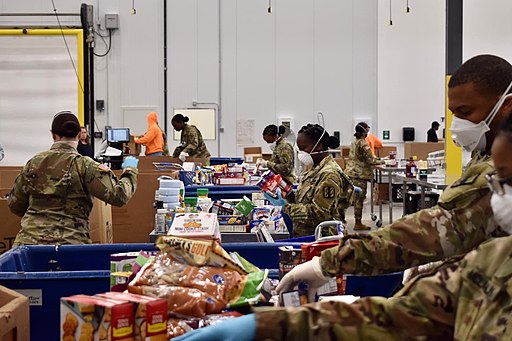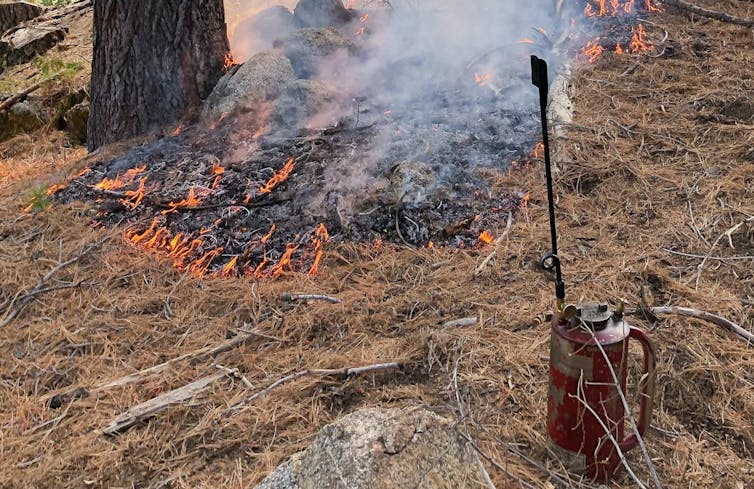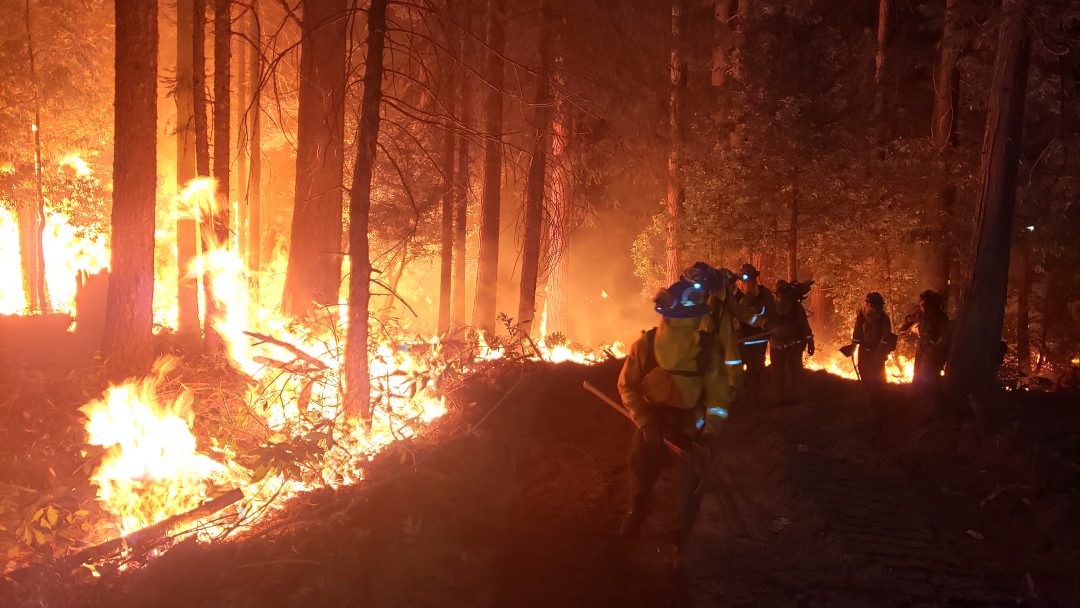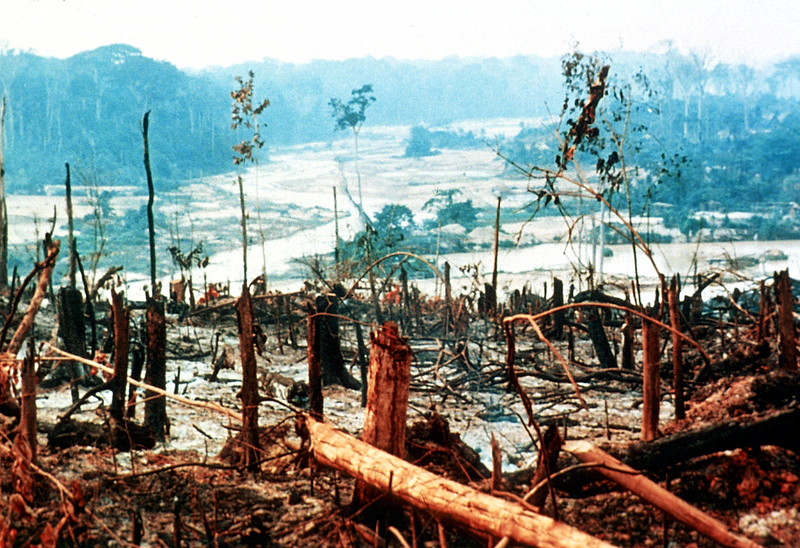“As scientists, we’ve been warning about the loss of Arctic summer sea ice for decades,” said one researcher.
By Julia Conley. Published 6-6-2023 by Common Dreams
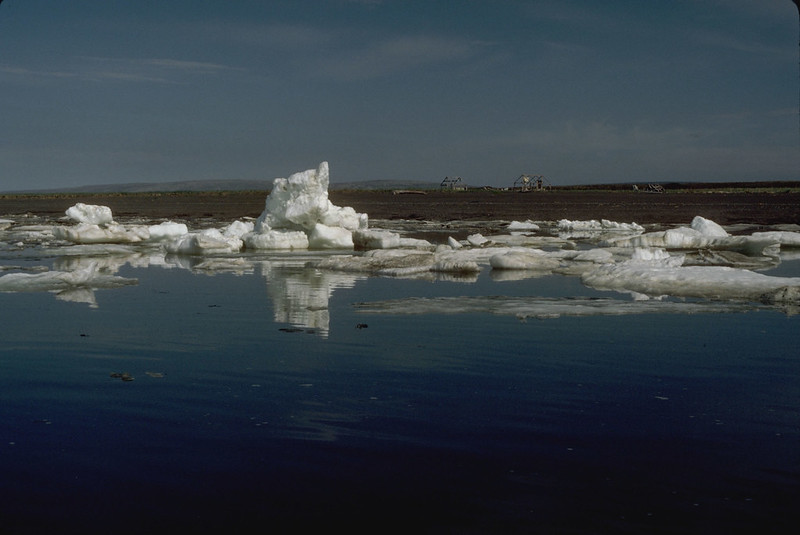
Scientists on Tuesday warned that the planet is rapidly headed toward the consequences of the climate crisis that they have been warning about for decades as researchers published a new study showing that a complete loss of Arctic sea ice in the summer months is now unavoidable.
The Intergovernmental Panel on Climate Change report released in 2021 alarmed many with its warnings that if high or even intermediate planet-heating fossil fuel emissions continued, the Arctic would be ice-free by the 2040s—but its authors implored policymakers to focus on their finding that the region would retain its summer ice if decisive action was taken to limit an increase in global temperature rises to 2°C or less.
Continue reading


